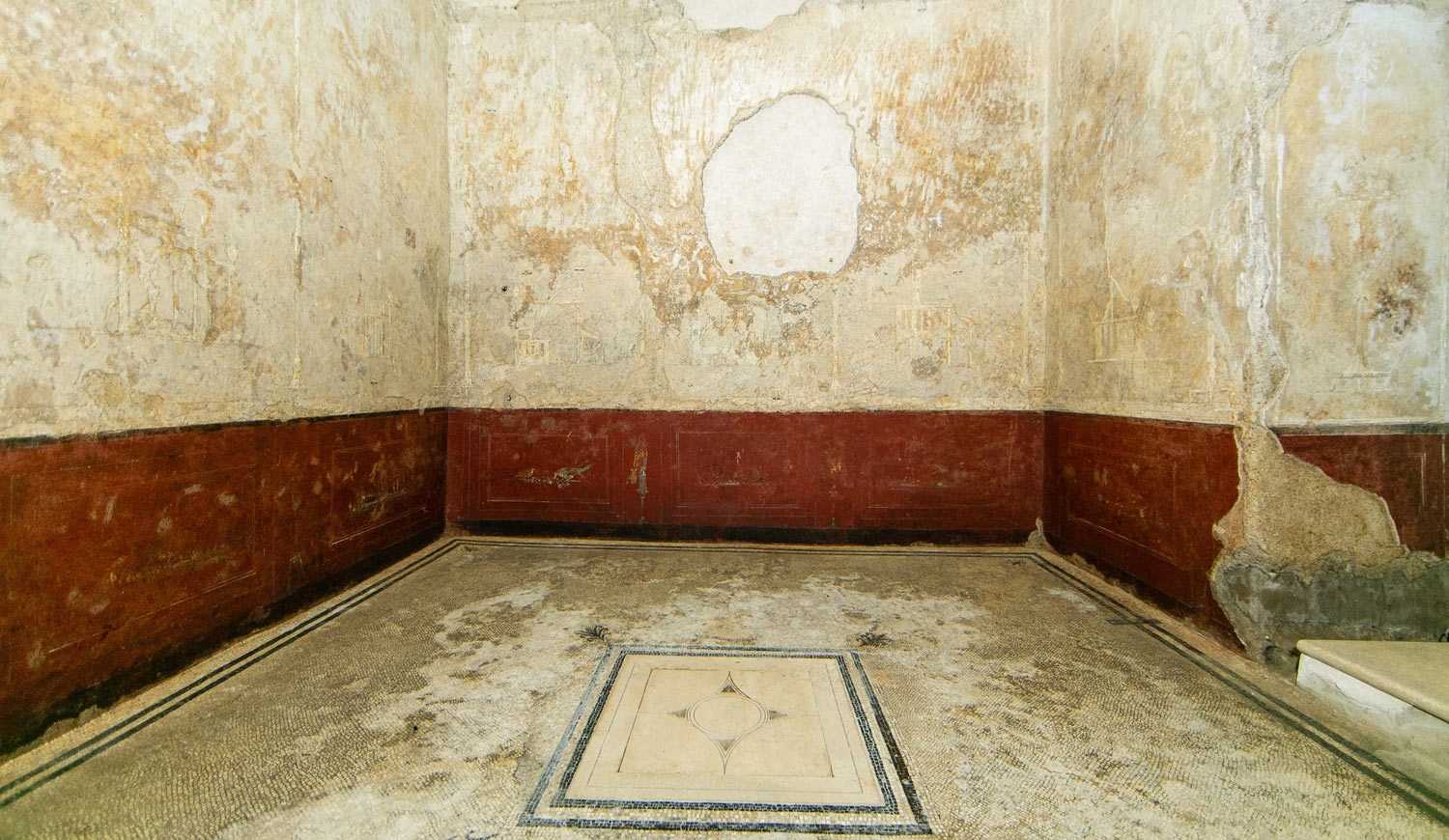Discovering the Underground Basilica of Porta Maggiore
Nestled beneath the bustling streets of Rome lies a hidden gem that many visitors overlook: the Underground Basilica of Porta Maggiore. This ancient site offers a unique glimpse into the religious and cultural practices of the Roman Empire, providing a fascinating experience for history enthusiasts and curious travelers alike.
A Hidden Gem Beneath Rome
The Underground Basilica of Porta Maggiore is an ancient subterranean basilica located near the Porta Maggiore, one of the eastern gates of the Aurelian Walls in Rome. Discovered accidentally in 1917 during railway construction, this underground marvel dates back to the 1st century AD. Unlike traditional Christian basilicas, this site is believed to have been used by a mysterious religious sect, possibly the Neopythagoreans, who practiced a blend of philosophy and mysticism.
The basilica is carved entirely out of tufa, a type of volcanic rock common in the region. Its three naves are adorned with intricate stucco decorations, depicting mythological scenes and symbolic motifs. These artworks provide valuable insights into the religious beliefs and artistic styles of the time. The basilica’s unique architecture and decoration make it a rare and significant archaeological find, offering a window into a lesser-known aspect of Roman religious life.
Visiting the Basilica
Access to the Underground Basilica of Porta Maggiore is limited, as it is not a typical tourist attraction. Visits are usually arranged through guided tours, which are essential for understanding the site’s historical and cultural significance. These tours are often conducted by knowledgeable archaeologists or historians who can provide detailed explanations of the basilica’s features and the context in which it was used.
When planning a visit, it’s important to check the availability of tours in advance, as they may not be offered daily. The site is located near the Porta Maggiore, easily accessible by public transportation. Visitors should wear comfortable shoes and be prepared for a bit of walking, as the entrance to the basilica is located underground.
What to Expect Inside
Upon entering the Underground Basilica of Porta Maggiore, visitors are immediately struck by the serene and mystical atmosphere of the space. The dim lighting and cool temperature create a stark contrast to the bustling city above, allowing for a moment of reflection and awe. The basilica’s three naves are separated by columns, and the walls are adorned with stucco reliefs that depict scenes from Greek mythology, such as the stories of Orpheus and the Labors of Hercules.
One of the most intriguing aspects of the basilica is its ceiling, which features a series of intricate geometric patterns and symbolic motifs. These designs are thought to have held spiritual significance for the sect that used the basilica, possibly representing their beliefs in harmony and the cosmos. The overall design of the basilica reflects a blend of Roman architectural techniques and the mystical elements of the sect’s beliefs.
Preserving a Piece of History
Efforts to preserve the Underground Basilica of Porta Maggiore are ongoing, as the site faces challenges from environmental factors and urban development. The delicate stucco decorations are particularly vulnerable to damage, and conservationists work diligently to protect and restore these artworks. Visitors are encouraged to respect the site and follow any guidelines provided by tour guides to help preserve this unique piece of history for future generations.
In addition to physical preservation, there is a growing interest in studying the basilica’s historical and cultural significance. Researchers continue to explore the origins and practices of the sect that used the basilica, shedding light on a fascinating aspect of Roman history that remains shrouded in mystery.
